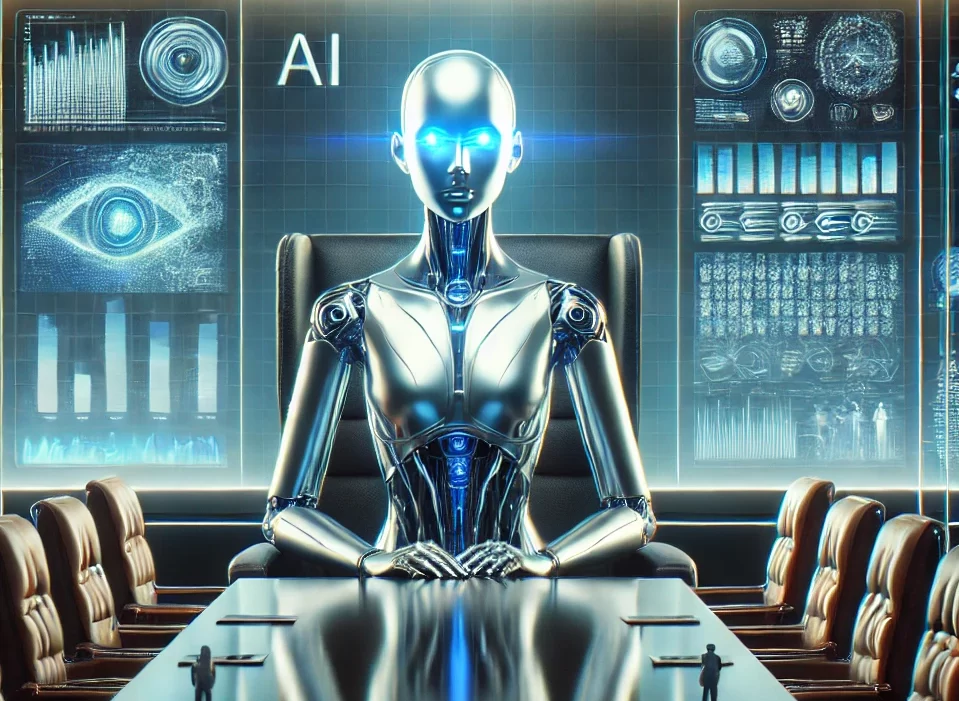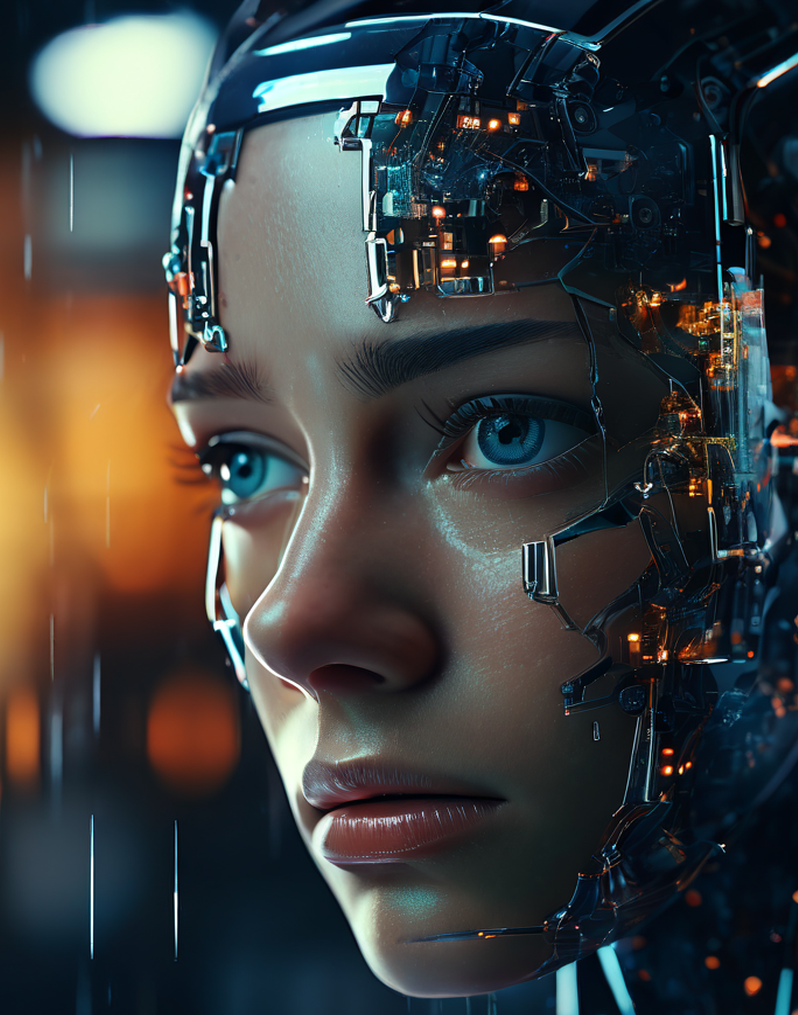Artificial Intelligence (AI) has rapidly transformed various industries, from healthcare to finance, offering unprecedented advancements and efficiencies. However, with great power comes great responsibility. Can AI become a gun for hire?

Understanding AI Capabilities
Before addressing the question directly, it’s essential to understand what AI is and what it can and cannot do. AI systems are designed to perform tasks that typically require human intelligence, such as learning, reasoning, problem-solving, and understanding natural language. These systems are trained on large datasets and can make decisions or predictions based on the data they have processed.

History of AI Development
The development of Artificial Intelligence can be traced back to the mid-20th century. The term “Artificial Intelligence” was first used by Prof. John McCarthy in 1956 during the Conference at Dartmouth University. This event marked the beginning of AI as an academic discipline. Early AI research focused primarily on problem-solving and symbolic methods, with pioneers like Alan Turing and Marvin Minsky laying the groundwork for future advancements.
Throughout the 1960s and 1970s, AI programs were developed to solve algebra problems, prove theorems, and even play games like chess. However, progress was often impeded by limitations in computer technology and a lack of understanding about the complexities of human intelligence. The 1980s saw the emergence of expert systems, which were designed to emulate the decision-making abilities of a human expert in specific domains. These systems achieved commercial success but were eventually outpaced by more advanced AI techniques.

The internet and the exponential growth of computational power in the late 1990s and early 2000s catalyzed significant breakthroughs in AI research. Machine learning, a subset of AI that involves training algorithms to learn from data, began to take center stage. During this time, neural networks and deep learning emerged, empowering AI systems to excel in tasks like image recognition, speech analysis, and language processing.
Today, AI is deeply integrated into various aspects of daily life, from virtual personal assistants to autonomous vehicles. Despite its impressive capabilities, AI remains a tool designed and controlled by humans, raising important ethical and safety considerations as we ponder its future roles and responsibilities, including the controversial scenario of AI becoming a gun for hire.
Current Limitations
Despite its capabilities, AI is not omnipotent. Current AI systems:

The Concept of Autonomous Weapons
The idea of AI becoming a gun for hire falls under the broader category of autonomous weapons. These are systems that can select and engage targets without human intervention. While the development of such weapons is already underway, they are subject to strict regulations and ethical considerations.
Ethical Concerns

Real-World Examples
There have been instances where AI and automation have been used in military applications. Drones, for example, can operate autonomously to a certain extent but still require human oversight for lethal decisions. However, using AI solely as a contract killer remains within the realm of science fiction, at least for now.

Sentry Guns
Automated sentry guns, like the Samsung SGR-A1 deployed in the Korean Demilitarized Zone, are another example of AI in military use. These systems are equipped with surveillance and targeting capabilities, allowing them to identify and engage targets autonomously. However, they are generally configured to operate under human supervision for lethal activities to avoid unintended consequences.

Autonomous Naval Vessels
The U.S. Navy has been developing and testing autonomous naval vessels, such as the Sea Hunter, designed to patrol and identify underwater threats without human intervention. These autonomous ships use advanced sensors and AI algorithms to navigate and perform complex missions but typically do not engage targets without human authorization.

Unmanned Ground Vehicles (UGVs)
Unmanned Ground Vehicles like the MAARS (Modular Advanced Armed Robotic System) are utilized for reconnaissance, surveillance, and support roles in combat scenarios. These robots can be equipped with weaponry but still require human operators to make critical decisions regarding the use of lethal force.

AI in Cyber Warfare
AI systems have also been employed in cyber warfare to detect and respond to threats autonomously. These AI algorithms can identify vulnerabilities, launch attacks, or defend against cyber threats with minimal human intervention. However, like their physical counterparts, these systems are governed by strict ethical and operational guidelines to prevent misuse.

Law Enforcement and Security
Law enforcement agencies around the world are exploring the use of AI for surveillance and security purposes. Facial recognition systems, predictive policing algorithms, and automated drones are being deployed to monitor and deter criminal activities. While these technologies are not designed to be guns for hire, they highlight the expanding role of AI in maintaining and enforcing security, sometimes raising ethical and privacy concerns.

These examples illustrate that while AI and automation play significant roles in various military and security applications, the notion of AI becoming an autonomous contract killer remains largely hypothetical, constrained by ethical, legal, and technological barriers.
Preventative Measures
To mitigate the risks associated with AI and autonomous weapons, several measures can be implemented:
- International Regulations: Establishing global norms and treaties to prevent the misuse of AI in warfare.
- Ethical Guidelines: Developing ethical guidelines for AI research and development, focusing on human oversight and accountability.
- Robust Security: Implementing robust cybersecurity measures to prevent unauthorized access and misuse.
Conclusion
While the notion of AI becoming a gun for hire is theoretically possible, it is laden with ethical, legal, and technical challenges that make it highly improbable in the near future. The focus should instead be on ensuring that AI is developed and used responsibly, with stringent measures to prevent misuse.



